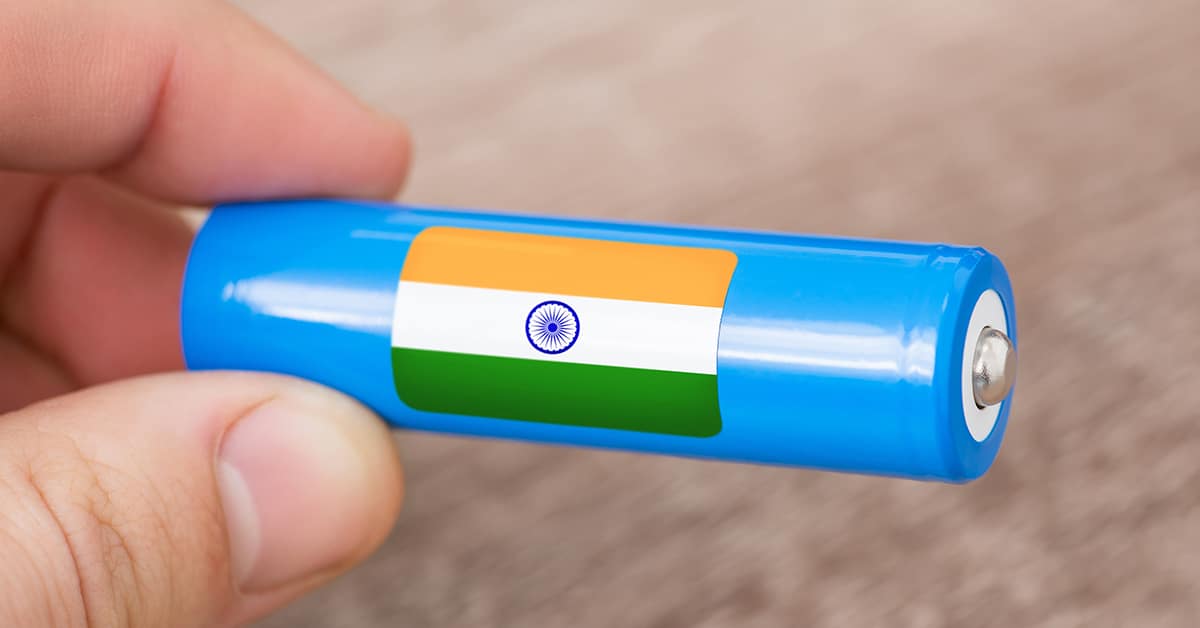Large lithium deposits have been found in the troubled region of Kashmir.

India has found 5.9 million tonnes (about 6.5 million US tons) of lithium in the federally administered, long-disputed territory of Jammu and Kashmir, a discovery that can transform the country into a lithium global powerhouse. India currently relies on China and Hong Kong for its lithium requirements and about 96% of its lithium-ion cell and battery imports. Yet, it will be a lengthy and complicated process to get the new reserves into smartphones, electric vehicles (EVs) and wind turbines.
“It takes around 10 years on average to go from discovery to production in the minerals industry globally, and this number can increase rapidly in some cases,” says Simon Jowitt, professor of economic geology at the University of Nevada. “There are also the inevitable environmental, social and governance issues to consider.” Further, he explains, the Indian authorities did not describe clearly the grade or quantity of the deposit. If the quality is low or difficult to extract, then it may turn out to be “not all that big on a global scale.”
As in most other countries, Indian automakers and other industries are still dealing with chip shortages, high prices and supply-chain issues exacerbated by the pandemic. In the meantime, the government plans to have EVs account for 30% of private cars, 40% of buses and 70% of commercial vehicles by 2030.
Such political and economic drivers will make getting the metal out of the ground a priority, but that could also bring a whole set of new challenges: “A large deposit or deposits coming on stream rapidly could mean that lithium supply exceeds demand for a short period, driving prices lower and causing financial problems for lithium miners,” Jowitt argues. The location of the reserves also proves to be a concern: “Parts of the region where the deposits are located are subject to border disputes with China and Pakistan, and there have been military clashes in the recent past. Depending on where the deposit is specifically located in relation to these areas, this may further slow down the development of this deposit.”



